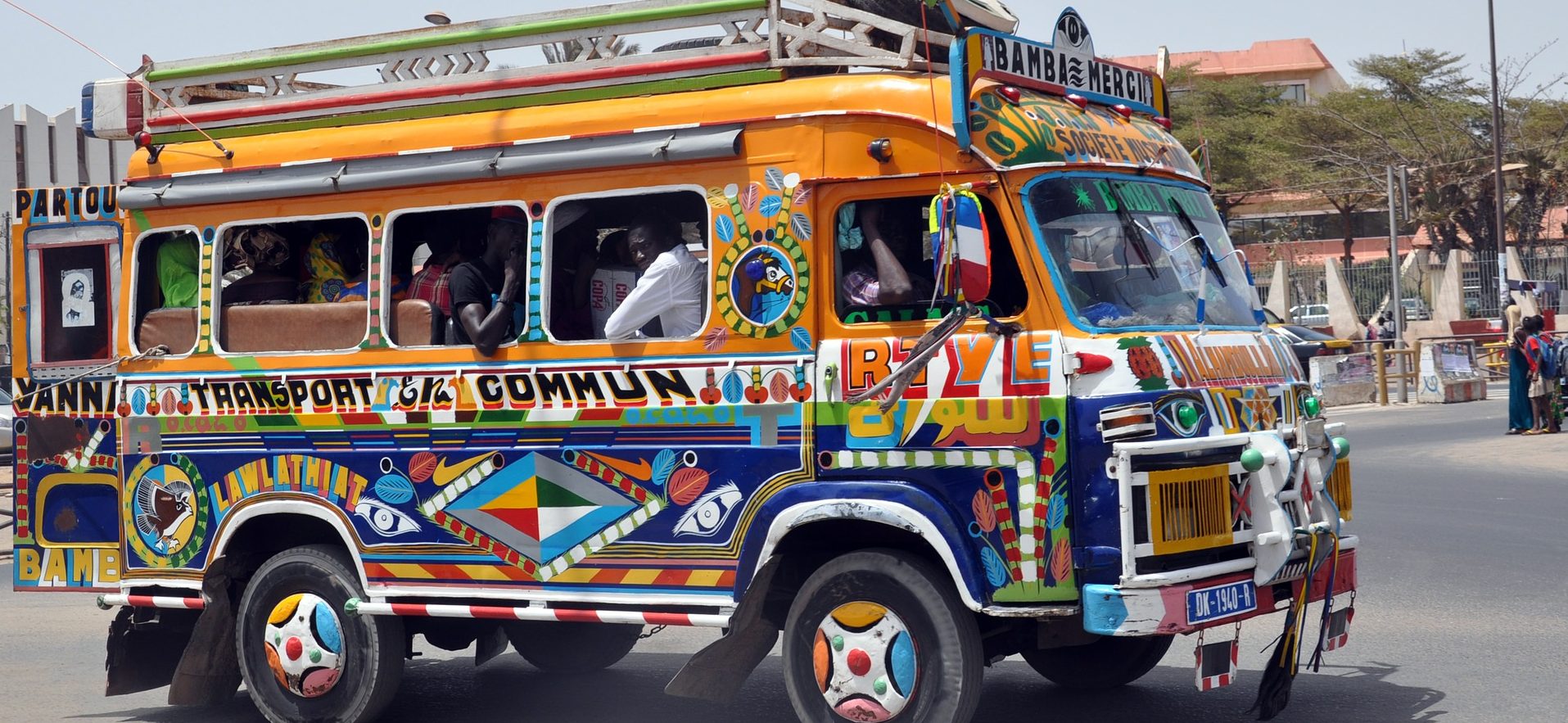
The Alliance and the International Road Federation (IRF) have collaborated on a research study, funded by the High Volume Transport Applied Research Programme (HVT), as part of the UK Department for International Development’s (DFID now FCDO) response to COVID-19. The study assessed the transport sector response during the COVID-19 pandemic in seven low- and lower middle-income countries in Africa.
Alliance NGOs in Cameroon, Kenya, Morocco, Mozambique, Senegal, Tanzania, and Uganda conducted focus group discussions with drivers, riders, and passengers of public transport (formal and informal), truck drivers, and private vehicle drivers; cyclists, and pedestrians. The output provided a grassroots community perspective on how COVID-19 measures have impacted community access to transport services and mobility needs with attention to physical distancing and capacity restrictions and provided recommendations to governments and other transport stakeholders.
The report addresses the COVID-19 measures implemented in the focus countries, providing background and insights into the transport-related restrictions such as those affecting international travel, public transport, and urban and inter-urban travel restrictions. The report assesses the impact of these measures on transport – specifically looking at the impact on individual mobility to various locations such as public transport stations, workplaces, and residential areas, prior to providing insights into the detailed qualitative findings derived from interviews and focus group discussions. Lastly, detailed case studies for all seven countries are put forward, prior to key findings and recommendations being presented.
In response to the COVID-19 pandemic, governments in the seven focus countries applied a wide range of measures spanning from restrictions on public gatherings, curfews, closures of establishments such as restaurants, as well as to significant restrictions on international and national travel and transport more generally. Once first cases were confirmed, all countries eventually imposed the highest level of restrictions for international travel, meaning that international incoming and outgoing flights were banned, and borders were closed. However, the longevity of these measures varied significantly, as well as how countries chose to continue operating thereafter. Importantly, the severity of the restrictions did not always coincide with the rate of virus spread within the countries. Many countries reopened their borders despite rising case numbers for fear of the severe negative impacts on their economy.
Two webinars were recorded to present the findings from the report. Watch them below.